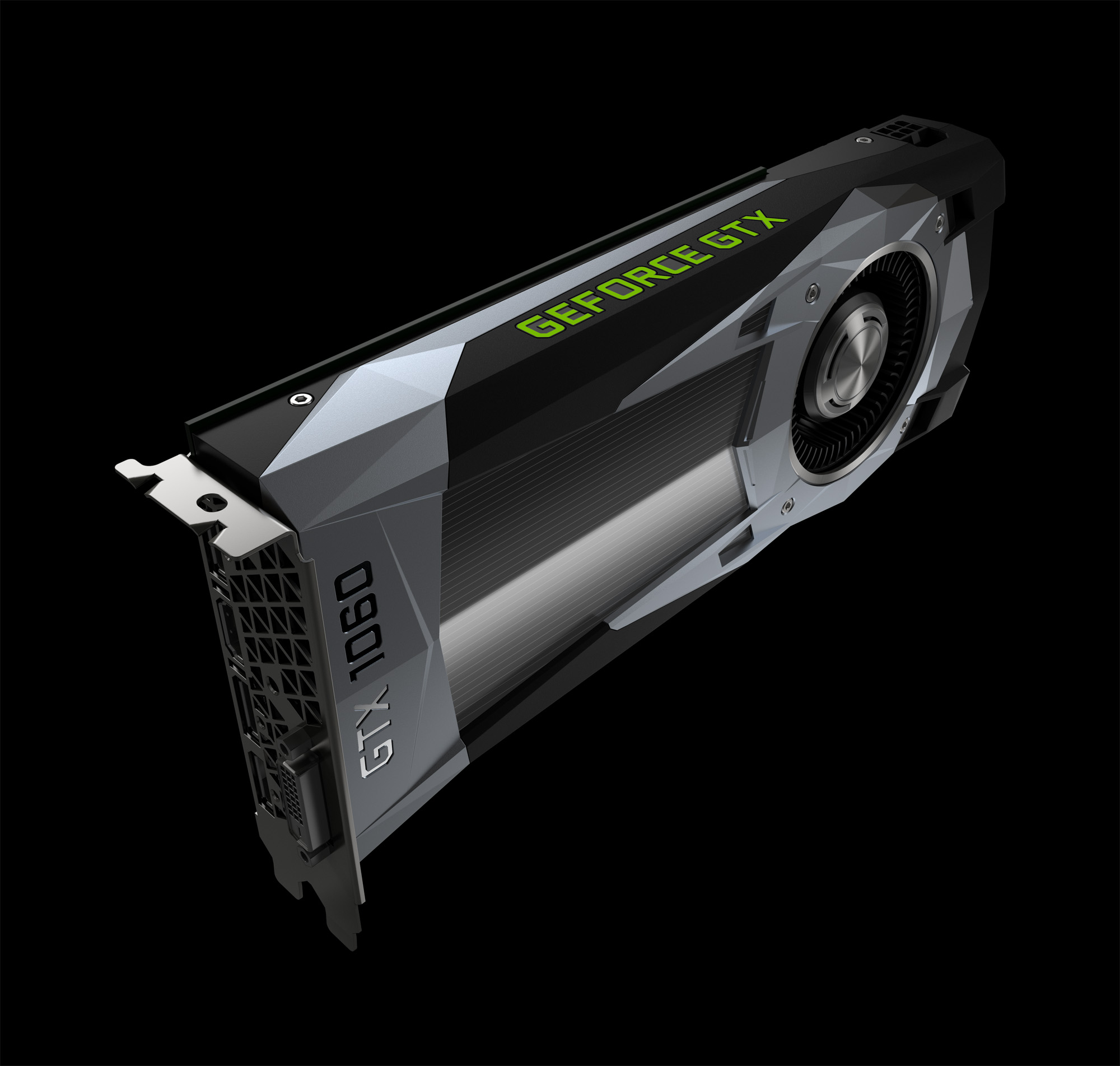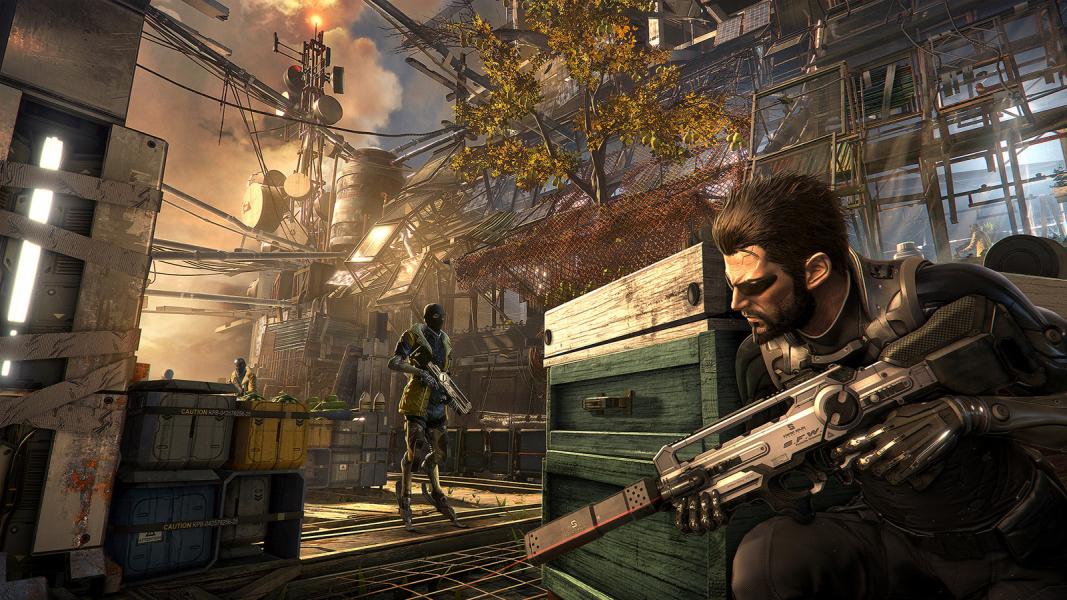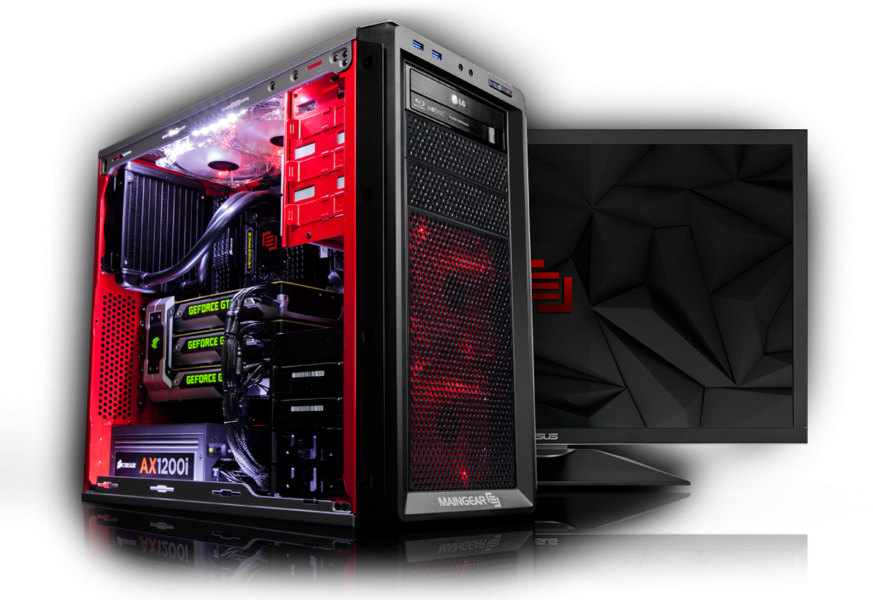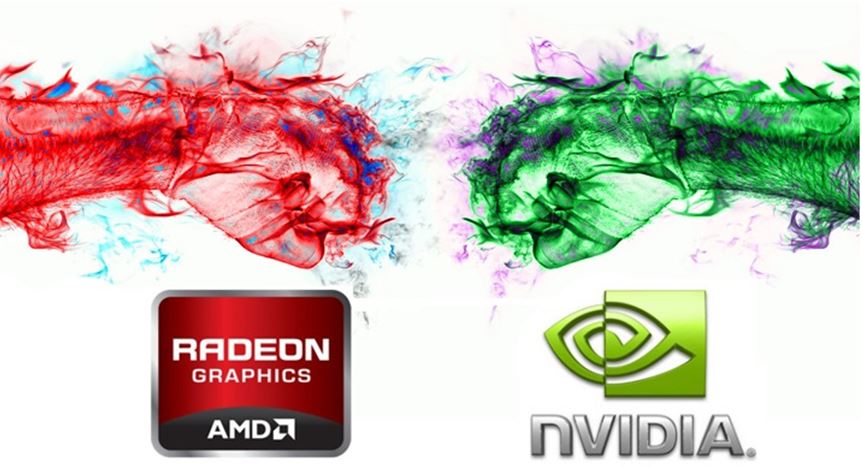
Match Your Best Games With The Best Gaming Graphic Cards

he looks so real
In today’s world of Gaming, the graphics card has become more important than the processor. With games becoming more and more realistic, you need a good graphics card to keep up and bring out the true beauty of the game. Choosing a graphics card is hard work. So many things you have to think about before you run down to your nearest computer store and pick one up. Here are just some of the things you have to look out for:
- GPU Clock Speed
- GPU Memory Clock Speed
- Graphics memory
- Outputs
- Features
Why buy the best graphic cards for gaming when the box says you need so and so to run it? When you look at the requirements for a game they give you two options, Minimal and Recommended. Minimal means the game will run but it won’t run well. Recommended means the recommended PC Hardware to get the game running at a playable frame rate. If you want to play your games on Ultra setting with everything max out at 1080p or even low end settings at 4K or higher, you will need the best graphic cards.
Here are the best graphic cards to get your games looking and running beautifully.
10: AMD Radeon R9 290
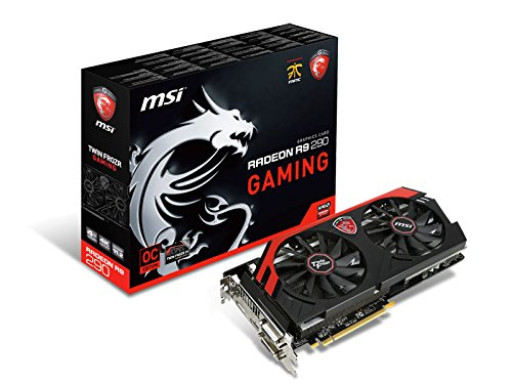
- Average Price: $316.65
- Engine Clock Speed: 1007 MHz (OC Mode); 977 MHz (Gaming Mode); 947 MHz (Silent Mode)
- Memory Clock Speed: 1125MHz
- Graphics Memory: 4GB DDR5
- Inputs: 2x DVI-D Dual Link, HDMI, DisplayPort
- Max Resolution: 2560 x 1600
If you don’t care about 4K or Ultra 1080p settings, then this is the card for you. The starting Card for an AMD gaming guilder, this card gives you exactly what you need for a good price. Overclock to its max, this card can outperform the GTX 780 Ti. Overall this card is a good entry level gaming graphics card if you’re on a budget but still want the games to look nice.
Pros:
- Good performance
- Runs well with AMD’s Mantle
- Good Price
Cons:
- Fans are very loud
- Can get very warm
9: NVIDIA GeForce GTX Titan Black

- Average Price: $962.02
- Engine Clock Speed: Base Clock: 889 MHz Boost Clock: 980 MHz
- Memory Clock Speed: 7000 MHz Effective
- Graphics Memory: 6GB DDR5
- Inputs: 2x DVI-D Dual Link, HDMI, DisplayPort
- Max Resolution: 4096x2160
NVIDIA GeForce GTX Titan Black use to be the most power gaming graphics card and the most expensive. Sadly the once king of gaming graphics card is now number nine on this list. Right now there are better graphics card out on the market that won’t cost you close to one thousand dollars.
Pros:
- Workstation GPU
Cons:
- Still very pricy
- Better graphics card out there
8: NVIDIA GeForce GTX 970

- Average Price: $349.64
- Engine Clock Speed: Base Clock: 1140 MHz Boost Clock: 1279 MHz
- Memory Clock Speed: 7010 MHz Effective
- Graphics Memory: 4GB GDDR5
- Inputs: 2x DVI-D Dual Link, HDMI, DisplayPort
- Max Resolution: 4096 x 2160
The GTX 970 was a game changer when it was released in late 2014. To this day it still is a good card for gaming. This card has pretty much everything you need to game at 1080p. Most games don’t need more then 2GB to 4GB to run smoothly at 1080p and that’s what you’re getting. The clock speed aren’t that impressive, but this card can easily be overclock to make it compete with the top end cards.
Pros:
- When Overclocked performs like a high end card
- Drivers are still being updated to add new features and support new games
- Quiet and low power consumption
Cons:
- Bad memory Management prevents the full 4GB GDDR5 from being use on some settings.
7: NVIDIA GeForce GTX 780 Ti

- Average Price: $399.99
- Engine Clock Speed: Base Clock: 876 MHz Boost Clock: 928 MHz
- Memory Clock Speed: 7010 MHz Effective
- Graphics Memory: 3GB GDDR5
- Inputs: 2x DVI-D Dual Link, HDMI, DisplayPort
- Max Resolution: 4096 x 2160
It’s unusual to put an older card higher than the GTX 970, but the GTX 780 Ti post higher performance and similar specs to some newer cards. This was the go to graphics card when you couldn’t afford the GTX Titan Black that alone puts this card at number 7.
Pros:
- Good Performance
- Quiet
Cons:
- Pricy for an old card
- Only 3GB GDDR5
6: AMD Radeon R9 290X
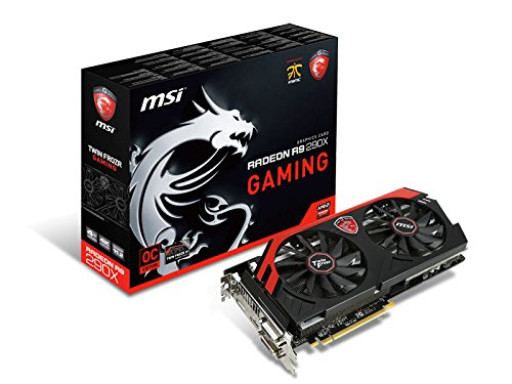
- Average Price: $316.65
- Engine Clock Speed: 1040 MHz (OC Mode); 1030 MHz (Gaming Mode); 1000 MHz (Silent Mode)
- Memory Clock Speed: 5000 MHz
- Graphics Memory: 4GB DDR5
- Inputs: 2x DVI-D Dual Link, HDMI, DisplayPort
- Max Resolution: 2560 x 1600
For a long time NVidia was the king of graphics card. No one thought AMD could challenge them. AMD answered with this, the Radeon R9 290X. This card competed head to head with the GTX 780 Ti. While the GTX 780 Ti won most of the battles, the Radeon R9 290X proved that AMD can compete with NVidia. With Developers Adding AMD’s MANTLE, gamers saw that this card can really compete.
Pros:
- Great Performance
- 4K Gaming Support
- AMD Mantle API Support
Cons:
- Can get Hot
- Very Loud
5: NVIDIA GeForce GTX 690

- Average Price: $520.80
- Engine Clock Speed: 915 MHz 1019 MHz Boost Clock
- Memory Clock Speed: 6008 MHz
- Graphics Memory: 4GB DDR5
- Inputs: 2xDVI-I, DVI-D, Mini Display-Port
- Max Resolution: 2048x1536
NVidia said this card is the fast graphics card ever built. (http://www.geforce.com/hardware/desktop-gpus/geforce-gtx-690) they weren’t lying. When this card came out, this was the fastest card ever built. Even today the specs and power of this card still makes it one of the best graphics card to date. Back in 2012 when consoles were pushing for 720p gaming, this card was pushing 4K and making gamers rethink what is the highest resolution possible on a graphics card.
Pros:
- Excellent performance
- SLI ready
- Energy Efficient
Cons:
- Expensive
- Bulky
4: AMD Radeon HD 7990

- Average Price: $419.99
- Engine Clock Speed: Clock Speed 950MHz Boost: 1000MHz
- Memory Clock Speed: 6000 MHz
- Graphics Memory: 6GB GDDR5
- Inputs: Dual-Link DVI-I, 4x Mini DisplayPort
- Max Resolution: 2560 x 1600
One phrase comes to mind with this card, “too late”. This card is impressive. AMD went out of its way to give you one of their best high end graphics card at the time. Sadly this card didn’t do so well in the market because AMD took so long. This card deserves to be on the list because of its specs and that it can outperform some NVidia cards.
Pros:
- Excellent Gaming Performance
- Depending on where you buy it, it comes with free game bundles
Cons:
Don’t really see any cons other then check with the game to see if it supports multi GPU support.
3: NVIDIA GeForce GTX 980

- Average Price: $569.99
- Engine Clock Speed: 1241 MHz 1342 MHz Boost Clock
- Memory Clock Speed: 7010 MHz
- Graphics Memory: 4GB DDR5
- Inputs: Dual Link DVI-I, HDMI and 3 Display Ports
- Max Resolution: 4096x2160
The Choice for Alienware. This is the graphics Card that’s inside of the Alienware’s Area-51 Desktop Gaming PC. The specs doesn’t look all that impressive at a glance, but this card has not only the specs but the popularity, features, and price to be at the top three. Two of these babies and you’re ready to game at 4K. Three or more of these, and you’re ready to game at a higher level.
Pros:
- Outstanding performance
- Quiet
- Low power consumption
- Good price
Cons:
- High demanding games are still not smooth at 4K
- AMD still offers Competitive cards for more or less $100 cheaper
- Doesn’t stand out
2: NVIDIA GeForce GTX Titan Z

- Average Price: $1575.25
- Engine Clock Speed: 705MHz 876MHz Boost Clock
- Memory Clock Speed: 7000 MHz
- Graphics Memory: 12GB DDR5
- Inputs: Dual Link DVI-I, DVI-D HDMI and Display Port
- Max Resolution: 4096x2160
The runner up on this list. People reading this might think I’m crazing for not putting this card number 1. Yes this card is impressive and massive. The reason why this card isn’t number 1 is the temperature. This card can get very hot and it does get very hot.
Pros:
- Awesome Gaming performance
- 4K gaming ready
Cons:
- Overly price
- Heating problems
1: AMD Radeon R9 295X2
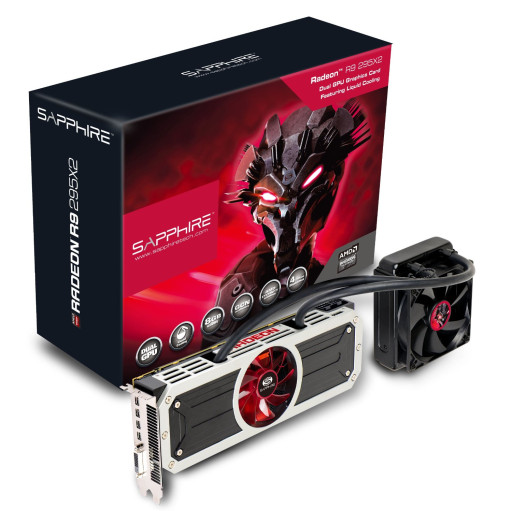
- Average Price: $813.32
- Engine Clock Speed: 1018MHz
- Memory Clock Speed: 5000 MHz
- Graphics Memory: 8GB GDDR5
- Inputs: DVI-D, 4x Mini DisplayPort
- Max Resolution: 4096 x 3112
Why is this card number 1? Liquid cooling. AMD took two their most power graphics card put it on one PCB, added liquid cooling and showed the gaming world what they can do. NVidia cards are still heat sink fan base. Because of the limitations of the classic heat sink fan setup. AMD and NVidia had to throttle back their GPU clock speed to not get them so hot. AMD decided to change that and put liquid cooling on their most expensive and highest graded Graphics card to date. The down side to this Graphics card is that you need to see if your power supply can handle it. This card needs very specific PSUs so make sure you buy the right one before you go out and buy this card.
Pros:
- The liquid cooler keeps this card from getting too hot
- Great for 4K gaming
Cons:
- Needs a specific and powerful Power Supply
There you have it guys the best high end graphic Cards for gaming. Comment below on what card you think is the best of the best. And does this list give each card justice?



